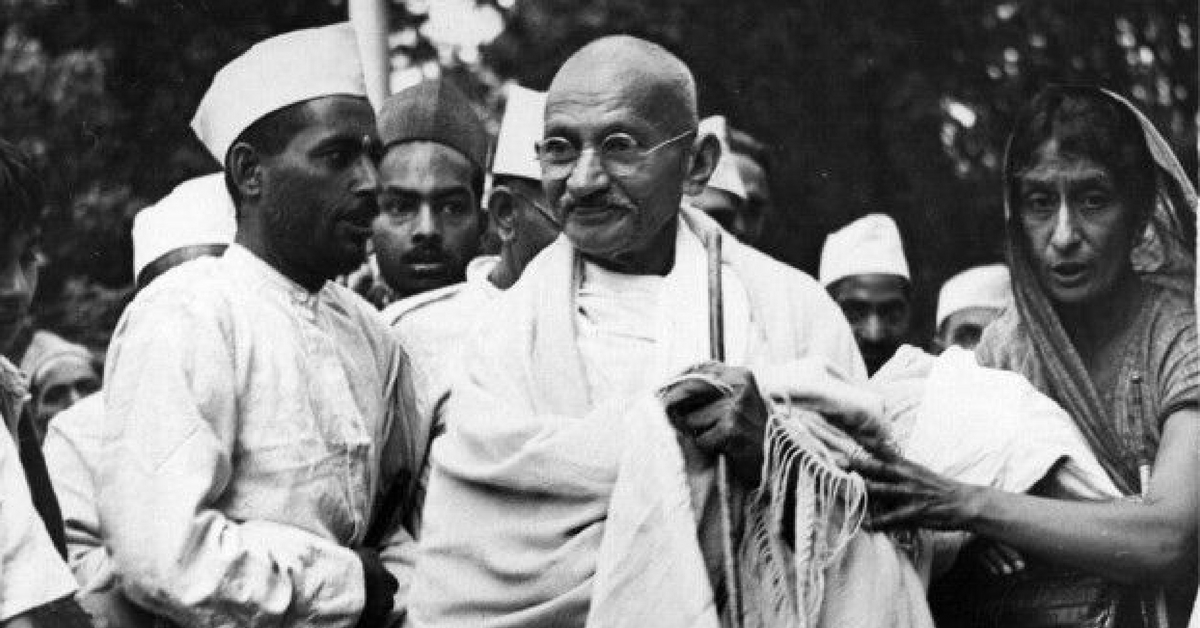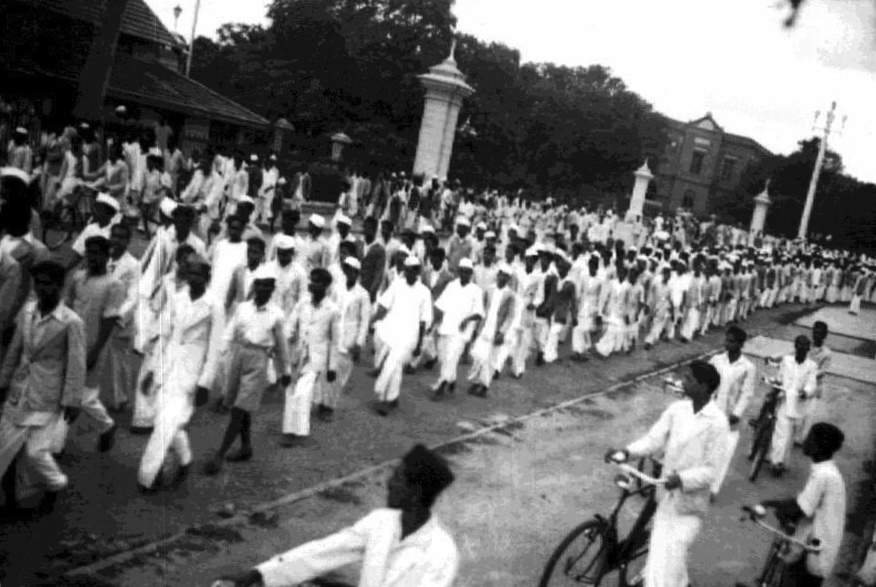Quit India Movement launched by Congress under the leadership of Gandhiji was a response & reaction to circumstances prevailing in India at that time. The colonial character of the British Rule was the most fundamental reason behind the launching of the Quit India Movement.
Economic hardship being faced by common masses & intensified Anti-British discontents. Items of common use were being exported to meet the needs of the armed forces. As a result of this, Famine like the situation had developed in Bengal. The policy of repression & suppression being followed by British rule also forced Gandhiji to give a call for the launching of Mass Movement.
The bitter experience of post World War I had also tied the hands of an Indian nationalist. Indians had supported the British during World War I wholeheartedly but the reward of this cooperation was received in form of the Rowlatt act & Jalianwalan Bagh massacre.
Indian Nationalists didn’t want to commit the same mistake again. The impending threat of the Japanese invasion left the Indian nation with no choice but to launch an all-out struggle against Britain because Gandhiji knew very well that the presence of the British was inviting Japan as there was no traditional hostility between India & Japan.
Under these circumstances, the Congress working committee in Wardha on 14th July 1942, authorized Gandhi to launch Mass Movement On 8th August 1942, the All India Congress Committee assembled at Gowalia Tank Ground, Mumbai & adopted the Quit India resolution. The movement commenced the next day as spontaneous resolve.
Impact of Quit India Movement
The launching of the Quit India Movement transformed the character of the Anti-British Struggle completely. Instead of just being the National Movement, India’s struggle against British Rule became an all-out war against foreign domination. The movement was launched by Gandhiji with the slogan “do or die”.

The movement commenced as spontaneous revolutions. It appeared as if people were waiting on Fringe & one call of Gandhiji’s lack of Indians jumped into Anti-British Struggle immediately. The launching of the Quit India Movement greatly radicalizes the Anti-British Struggle because despite many violent incidents the movement was never called off or suspended by Gandhi. In spite, Gandhiji held the British responsible for these violent incidents.
Gandhian Movement of Struggle Truce Struggle abounded in favor of socialist strategy “sustained struggle.” The Quit India Movement was the first time Pan India movement because for the first time the National Scale struggle was extended to the native state. The whole of India participated in the liberation movement.
The role of women was very important in Quit India Movement. Women leaders like Usha Mehta contributed greatly to the fight against British Rule. Aruna Asaf Ali laid the Anti-British agitation in the streets. Usha Mehta set up secret Congress radio to propagate the nationalist message. The level of nationalist was awakening was carried to a new height.
Even the Bureaucracy & military forces came under influence of the nation. British Rule officials realized that the days of British Rule in India were less. They knew that very soon the power would get transferred into Indian hands. So officers didn’t take any strong measure against National Leaders. The Royal Indian Mutiny of Feb 1946 prevails that the British couldn’t longer rely on the support & loyalty of Indian soldier.
Steel pillars on which structure of the British Indian Empire resting had started crumbling. Hereafter, it was just a matter of time before British Rule would come to end. The Quit India Movement exhibited the maturity of Indian nationalism because, despite the arrest of all prominent National Leaders in the early morning of 9th August, the movement commenced with great intensity. The local leaders jumped to the forefront to lead the anti-British struggle & as a result of this movement left a lasting impact on India’s struggle against British Rule.
The activities during the Quit India Movement revealed the great influence of the socialist idea, Gandhi’s speech of moderation was no longer visible an extremely aggressive outlook in December 1942. He was in a strange and militant mood during Quit India Movement.
British Indian administration had got paralyzed completely as a result of launching of Quit India Movement at many places viz. Balia (Uttar Pradesh) Tamluk (Midnapur, Bengal) & Satara, II government were formed by Indian Nationalists. This government ran for many months successfully. It was the pressure of the Quit India Movement that convinced the British that the days of colonial rule on India were over. As a result of this, the British started to plan to leave India immediately after the end of World War II.

